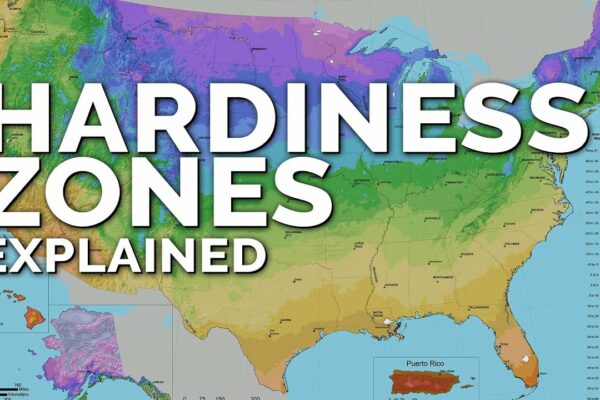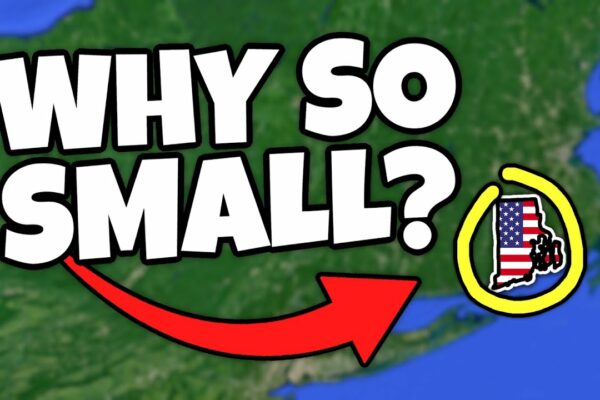
Which growing zone does Rhode Island fall under?
Rhode Island, the smallest state in the US, falls under the USDA plant hardiness zones 5b and 6a. This indicates the region’s average annual extreme minimum temperatures, which range from -15°F to 0°F (-26.1°C to -17.8°C). Gardeners in Rhode Island can use this information to select suitable plants for their landscapes, ensuring successful cultivation in this climate.








